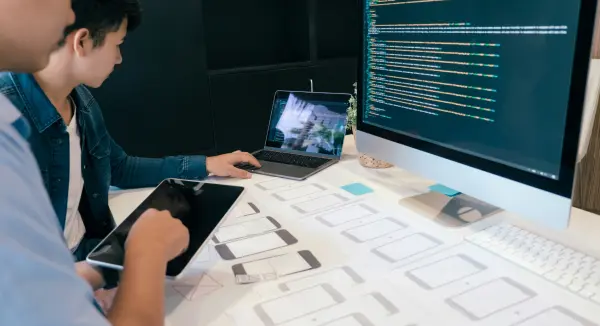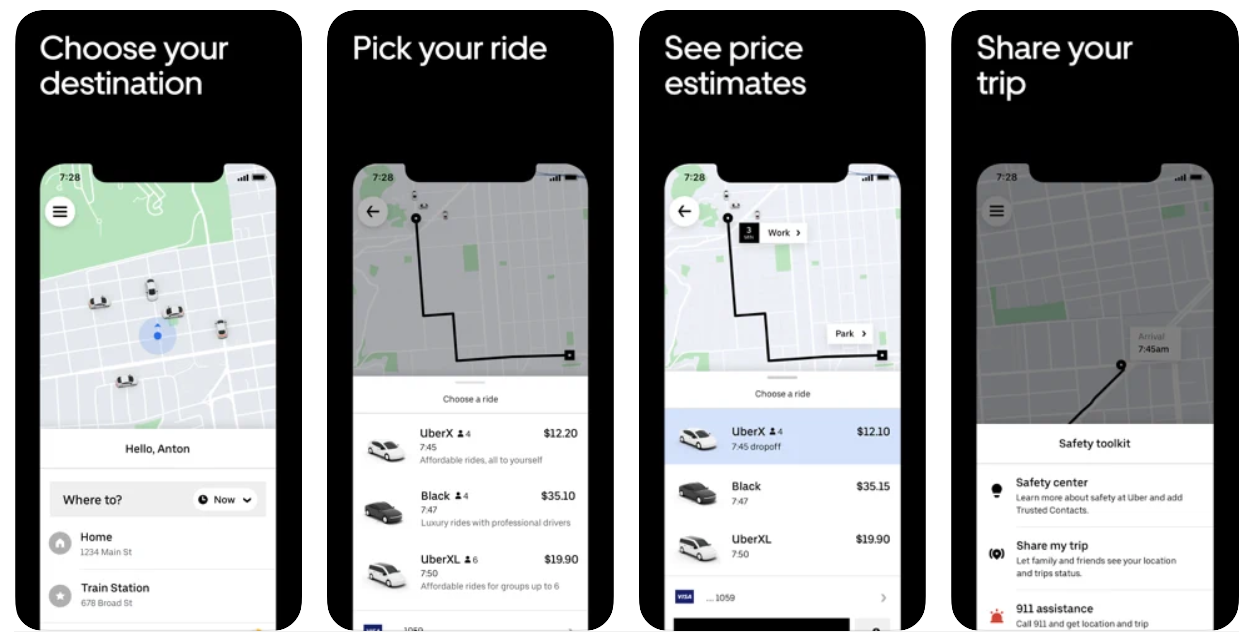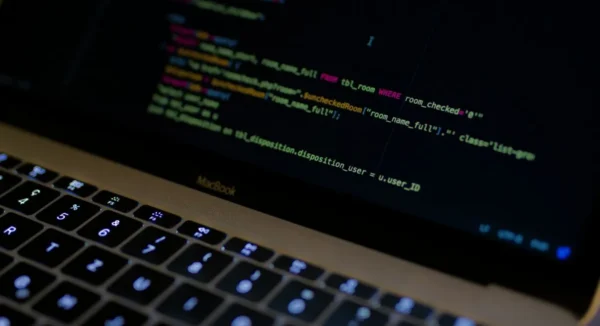
- Software Development
If your phone constantly crashes and closes activities during use, this may mean that the installed applications are exceeding your device’s resource capacity (memory, processing, and battery), leaving it slow and with low performance. To solve this problem, Lite Apps can be a good option, as they save space and increase battery life.
Lite Apps are lighter versions of apps and are common in well-known apps like Facebook, Messenger, Instagram, Spotify, TikTok and Uber. They have similar functions and deliver an application with changes in design and features to the end user; however, the more simplified version does not impact the essential functionalities of the apps. The official version of the Facebook app, for example, is 290 MB, while Facebook Lite is 1.6 MB.
With that in mind, when programming and coding new Android and iOS applications, the mobile developer must seek a balance between memory, processor performance, and battery life; without forgetting to consider the user journey. Creating a version with as few resources as possible, without compromising the experience, can be the secret of success in meeting diverse needs, arising from smartphones ranging from the most basic models to the most powerful.
According to Maurício Freitas, Mobile Developer at SoftDesign, the main goal of this version is to facilitate the use of hardware. Therefore, among the benefits of Lite Apps, are the reduction in the number of resources required and the creation of applications compatible with previous versions of the operating systems of current phones. “In relation to the official app, the Lite version becomes a lighter option, which can also be used on older devices. The Lite version has all the basic functions of a given application, with some features being more limited precisely so as not to require too much hardware”, he explains.
Freitas points out that at SoftDesign, the application development process always takes hardware performance into account. When it is necessary to insert photos, for example, the preference is for vector formats and not for JPG versions, since the objective is to reduce the space occupied by the application on the end user’s device. “Over the years and with the expansion of hardware in cell phones, this kind of concern is often left aside by some developers. However, we need to be careful when developing applications that require more hardware and software resources, since even in a powerful and current device it is possible to see negative impacts on smartphone performance, in addition to excessive consumption of mobile data”.
Care should be taken when developing apps for Android and iOS. However, each platform has its guidelines. For the mobile developer, both should consume as little hardware and software resources as possible. “When the user has a smartphone with low memory, this routine of removing and changing applications is constant, whether on an Android or iOS operating system, as there is no space for downloads. Then the questions begin: which app should I delete? What do I use less or what will free up more space? In these cases, downloading the Lite versions can be a satisfactory solution”, he says.
One of the main limitations of Lite Apps is that most of them are only available for the Android operating system. That is, in this context and for these specific users, it will be easier to find lighter versions of official applications. According to Freitas, part of this is due to the lack of acceptance by users of Lite apps in the Apple Store. This was one of the reasons for discontinuing Facebook Lite for iOS, for example.
Another negative point of Lite Apps is that some features found in official apps may not be available in lighter and simplified versions. This may be the case with some applications that include mobility activities, as to make the app lighter, maps and routes can be removed, preventing the tracking of information in real time. Uber Lite, for example, which has only 5 MB, can be downloaded and used without Wi-Fi and works on most devices with the Android operating system. However, its functionality is reduced.
If the complete user experience and interface design are crucial to you, using Lite Apps may not be the best option overall, especially when having all the features and functions available are non-negotiable factors. Keep in mind that these lighter and simplified versions are more utilitarian and serve to solve specific problems for users who have older devices, with lower performance and memory.

At SoftDesign, we build optimized applications and systems that consider the experience and needs of users. We work in the development of apps for startups to test ideas and in the construction of robust apps for well-established companies.
In addition, we work with multidisciplinary teams, guided by Agile Methods, which can help you plan a more sustainable and collaborative business model, through our Product Conception service. Fill out the form below, so we can talk about creating your app.
Experience having a reliable partner to your IT challenges. Let’s talk about our unique approach to discover and deliver outstanding solutions.

